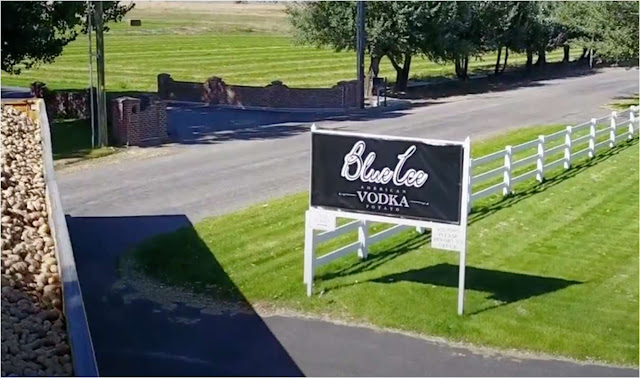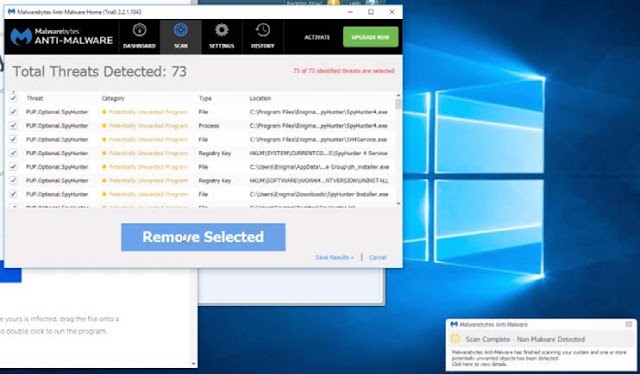Sava v. 21st Century Spirits, LLC, 2024 WL 3161625, No. 22 C 6083 (N.D. Ill. Jun. 25, 2024)
21st Century sells Blue Ice Vodka and uses influencers
to promote it. Plaintiffs brought claims under the state consumer protection
statutes of Florida, Illinois, and California, as well as unjust enrichment,
negligent misrepresentation, and breach of express warranty. Some of their
claims survive.
Plaintiffs challenged representations that Blue Ice is
“handcrafted,” is manufactured in a distillery owned by 21st Century, is
filtered four or five times, “tastes better than other vodkas,” has between 52
and 57 calories per ounce, and is “fit-friendly” and has “health benefits,”
including that it helps with personal fitness and weight management. In
addition, they challenged failure to disclose 21st Century’s
relationships with influencers, one of whom stated that she makes Blue Ice
cocktails that have fewer calories than an apple, allegedly implying that Blue
Ice “is the healthier alternative.” Plaintiffs alleged that Blue Ice (1) is not
“handcrafted” but is, rather, “industrially manufactured” by machines without
the “constant supervision of a human,” (2) is not filtered multiple times but
is, rather, filtered only once, (3) is not better tasting than other vodkas but
is, rather, “inferior,” “generic,” “substandard,” and “low quality,” (4) is not
a “healthy product” that helps with personal fitness and weight management but
is a product that “poses significant health risks,” and (5) is not manufactured
in a distillery owned by 21st Century but is, rather, manufactured as a
“private label” for 21st Century at a distillery owned by Distilled Resources
Inc. Despite that, to give the impression that Blue Ice is manufactured in a
distillery owned by 21st Century and dedicated only to the production of Blue
Ice, 21st Century allegedly includes on the Blue Ice website a doctored
photograph of the Distilled Resources distillery, digitally placing the Blue
Ice logo over the distillery’s actual sign.
 |
| allegedly altered sign |
 |
| actual industrial production facility, as alleged |
They further alleged that Blue Ice does not, as alleged, have either 52 or 57 calories per ounce but has, instead, no fewer than 64 calories per ounce. Nor does Blue Ice have only 52 calories per serving; rather, Blue Ice has at least 96 calories per serving.
Skipping a lot of procedural stuff: While plaintiffs’
allegation that one influencer “compares vodka with an apple, suggesting that
vodka is the healthier alternative” paraphrased the actual statement (“I make
fit-friendly cocktails that have fewer calories than an apple.”), “it is not
for the court to decide on a motion to dismiss whether a consumer might or
might not reasonably understand the Influencer’s actual representation to
suggest.” Also, whether “handcrafted” may be deceptive in a particular case
depends, at least in part, on the size of the brand holding its products out as
“handcrafted,” and plaintiffs sufficiently alleged that Blue Ice was not a mass
seller, so reasonable consumers could believe it “handcrafted” its vodka.
However, “best tasting” was puffery in the context of the
statement “We are handcrafted and American made with a singular goal – to
create the best tasting vodka. Because taste is everything.”
Disclosure of material connections: The court reasoned that,
although the states had adopted FTC rules and guides as their own, the guides
remained only guides, not the source of per se violations of statutes like
FDUTPA (Florida’s law). Nonetheless, Florida had still instructed that “due
consideration and great weight shall be given to the interpretations of the
Federal Trade Commission and the federal courts relating to [Section] 5(a)(1)
of the Federal Trade Commission Act” when courts are construing “unfair or
deceptive acts or practices in the conduct of any trade or commerce.”
Plaintiffs alleged both representations and omissions that
could meet the relevant standard. “[T]he court finds it nearly frivolous to
argue that a reasonable consumer might not be deceived by defendants’
representations that Blue Ice is filtered multiple times or has as few as 52
calories per serving. These representations are specific and unambiguous and
simply cannot be given to ‘fanciful interpretation.’ Put another way, these
representations are the antithesis of puffery.” Likewise, “it is difficult to
comprehend how a reasonable consumer could not be deceived by 21st Century’s
representation on the Blue Ice website, where 21st Century has allegedly
doctored a photograph of the distillery by placing its own logo over the logo
of the actual distillery.” And, as to claims that the vodka had health benefits
that may help with personal fitness and weight management, the Alcohol and
Tobacco Tax and Trade Bureau (TTB) views such representations as “mislead[ing]
consumers by presenting incomplete information about the health effects and
nutritional content of alcohol beverages.” This didn’t control the outcome, but
it “strongly suggests that a reasonable consumer might be misled.”
Defendants also argued that “there is no allegation of an
endorsement,” and “a photograph [of an Influencer] holding Blue Ice or
mentioning [that] a cocktail was made with Blue Ice ... is not an endorsement
or advertisement within the meaning of Section 255.5 [of the FTC Endorsement
Guides].” The court gave this argument way more weight than it deserved, noting
that many of the posts involved far more than holding/mentioning. The court
pointed to posts like, “There’s nothing better than relaxing with a smooth
@blueicevodkausa cocktail in hand after a long day. With only 52 calories a
serving, no sugar added and gluten free, Blue Ice can definitely help you stay
fit during quarantine. Have a bottle delivered to your door ... .
#fitfriendlyvodka #ketofriendly #potatovodka #vodka.” Anyway, the FTC considers
“testimonials” interchangeable with endorsements, meaning “any advertising
message ... that consumers are likely to believe reflects the opinions,
beliefs, findings, or experiences of a party other than the sponsoring
advertiser.” “Drawing all reasonable inferences in plaintiffs’ favor, at least
a significant majority of these posts qualify.”
21st Century argued that reasonable consumers
would know that the influencers were paid and thus didn’t need disclosure.
Plaintiffs specifically alleged that they took the influencers to be offering
“honest advice” about Blue Ice and “would not have purchased [Blue Ice]
products if they knew that the Influencers were paid” to promote it. And disclosure
“might materially affect the weight or credibility of the [Influencers’]
endorsements.”
Florida’s safe harbor didn’t apply because, although the TTB
approved the Blue Ice label, the alleged misrepresentations appeared only on
the secondary label and bottle collar, as well as the website/social media,
none of which were approved by the TTB.
So too with Illinois law, despite defendants’ arguments that
their conduct wasn’t in Illinois: “[W]here an Illinois consumer purchases a
product in Illinois that a company has marketed to Illinois and distributed for
sale in Illinois, the transaction has occurred ‘primarily and substantially’ in
Illinois.” Unjust enrichment under Illinois law survived, but not under Florida
law because of an unanswered argument that Florida law requires that any
benefit must be directly conferred on the defendant by the plaintiff. Express
warranty claims failed for want of privity.









